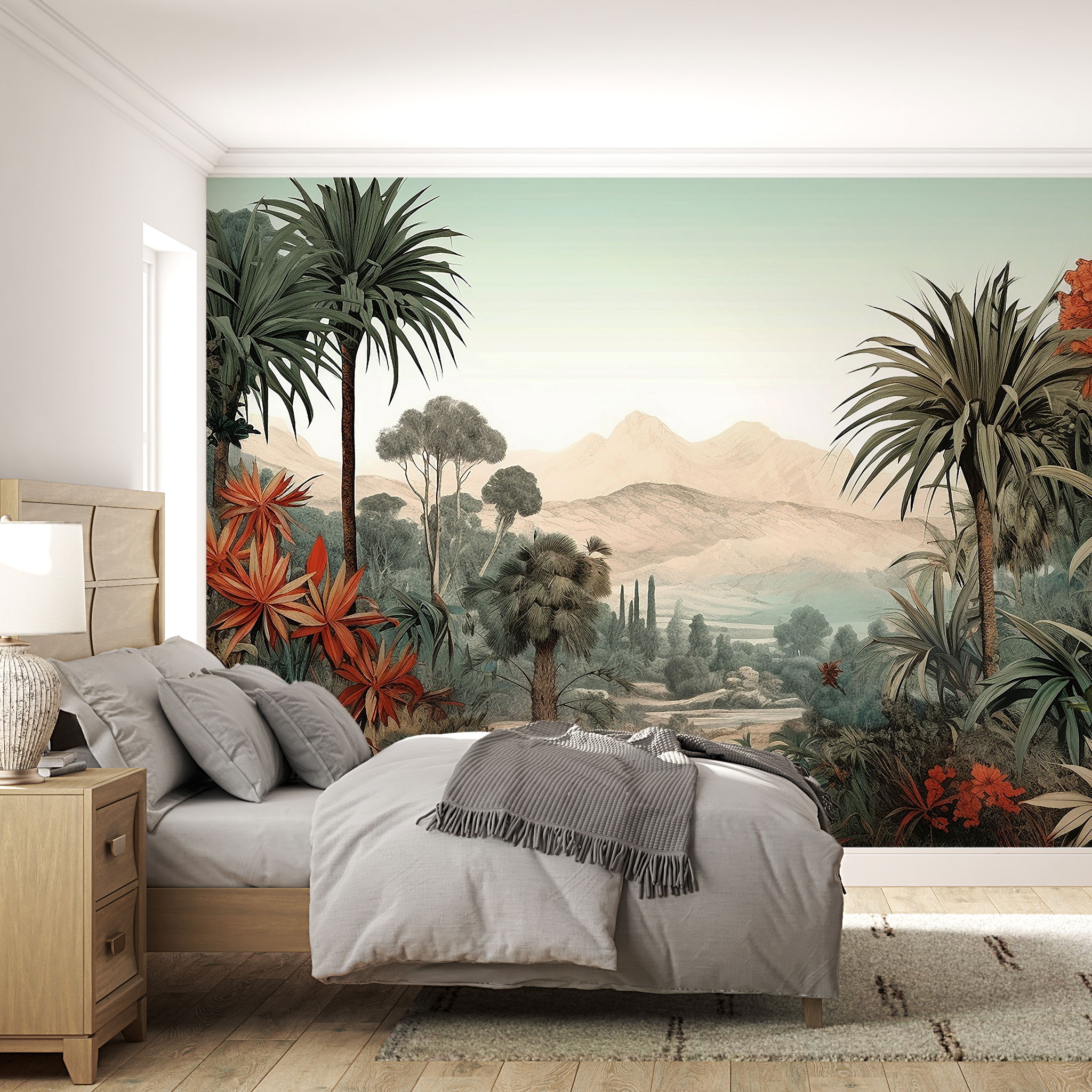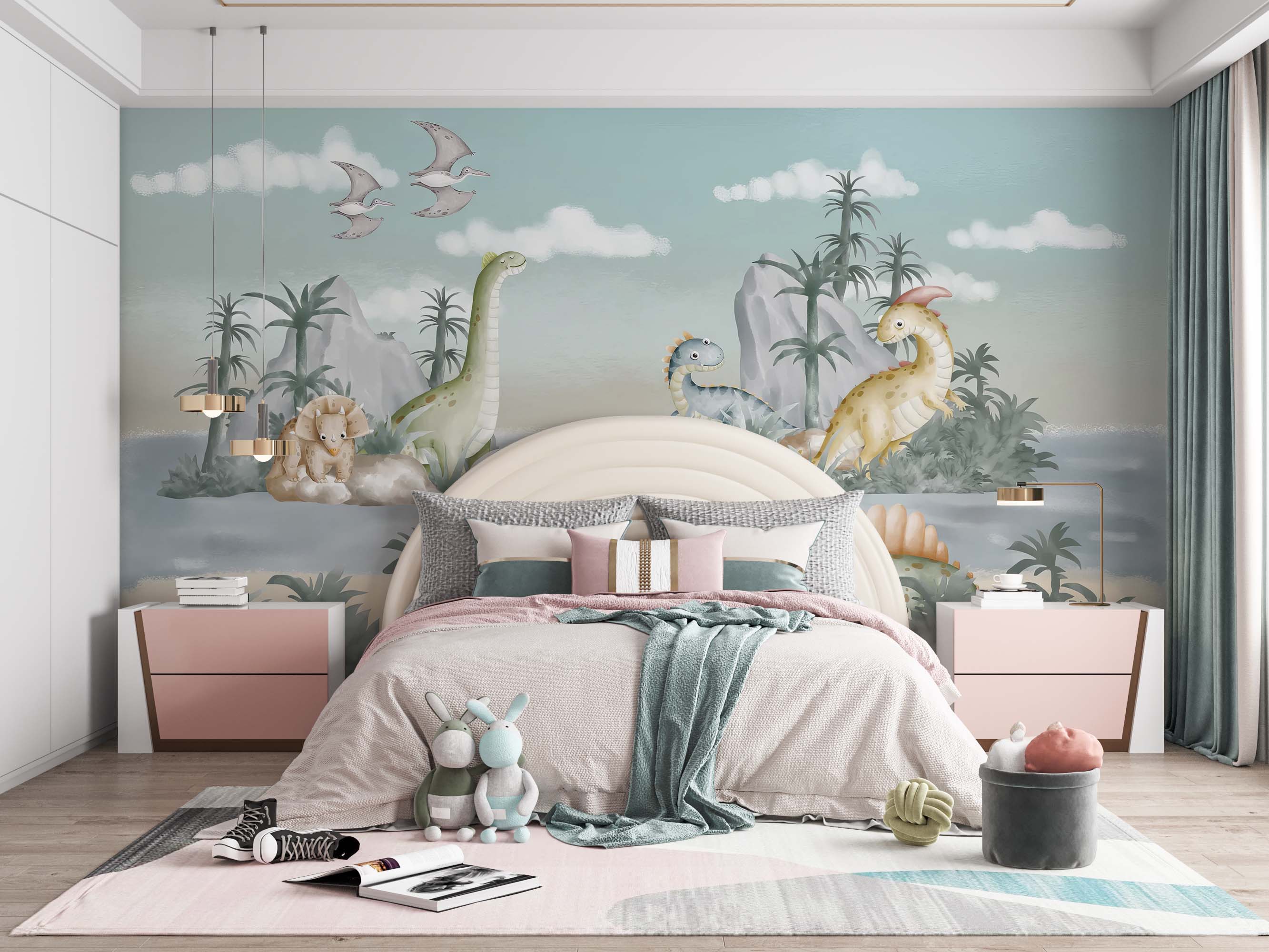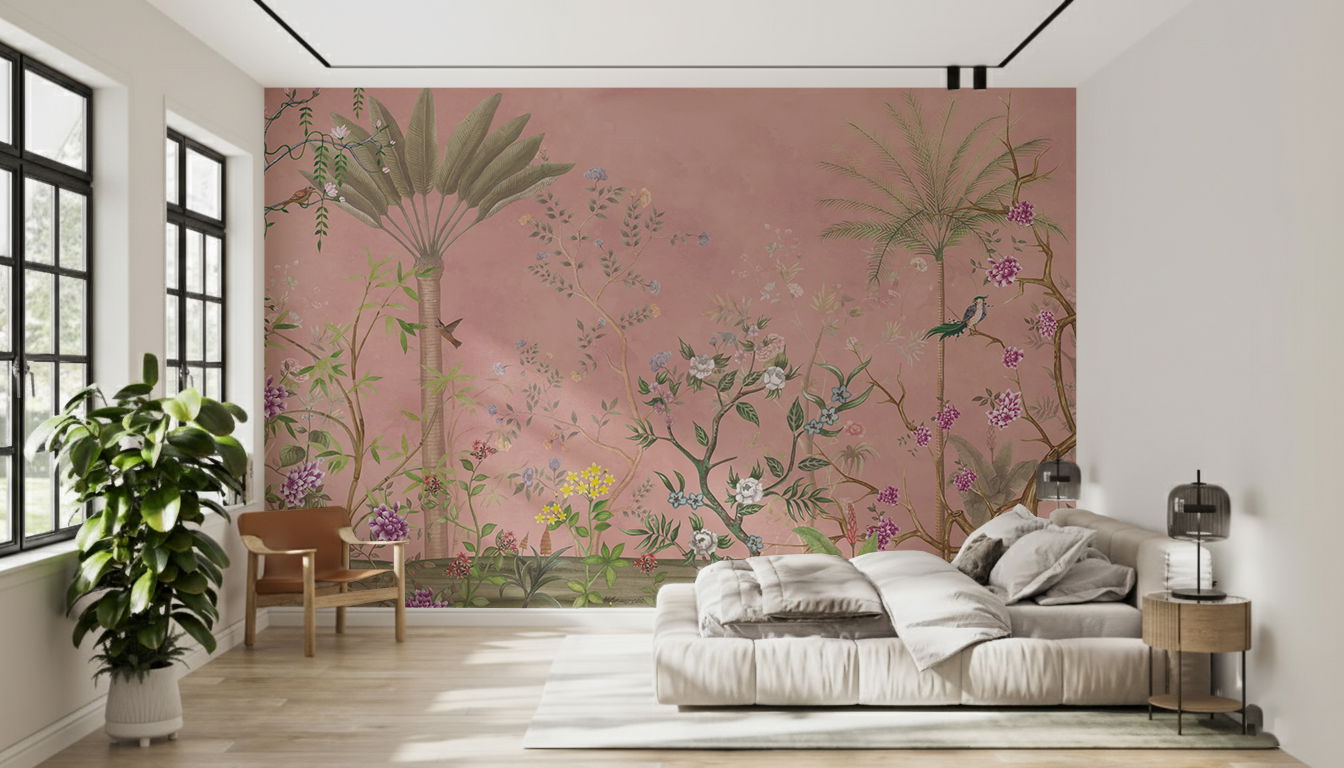Small Bedroom Solutions: Clever Wallpaper Tricks to Make Your Space Look Bigge
Wallpaper as a Spatial Illusion Tool
Designing a small bedroom requires strategic choices to maximize comfort without feeling cramped. Wallpaper is one of the most effective ways to influence perceived size. By employing optical illusions, strategic placement, and specific patterns, you can successfully challenge the limitations of floor area and create a sense of depth and openness.
The Foundation: Choosing the Right Mood and Theme
Before selecting a specific print, establish the desired feeling. In a small space, light colors, soft textures, and airy designs generally contribute to a wider perception of the room. Focusing on gentle palettes helps to reflect available light, a key element in making any room feel larger. Exploring various bedroom wallpaper ideas can inspire patterns that complement the room’s existing light sources.
Strategic Placement for Maximum Effect
The placement of the wallpaper is often more important than the pattern itself. In a narrow room, papering only the two longest walls, or creating a focal point behind the headboard, can prevent the room from feeling completely enclosed. When seeking the perfect sleeping room wallpaper, consider how the pattern will interact with furniture to guide the eye and emphasize length or height.
Expanding Horizons with Distant Landscapes
Murals that incorporate forced perspective are highly effective in making a wall recede. Designs featuring vast, distant landscapes trick the eye into seeing depth where only a flat wall exists. Specifically, using mountain wallpaper that depicts peaks fading into the distance creates an infinite horizon effect, pushing the boundary of the wall far beyond the room’s physical limits. This technique is best applied to the wall opposite the entrance for maximum impact.
Creating Openness with the Illusion of Sky
Designs that suggest an open environment naturally make a room feel less enclosed. Light, atmospheric prints, particularly those featuring open blue expanses, are excellent for adding airiness. Utilizing a soft, photographic sky wallpaper or a mural depicting clouds can instantly lift the mood and the perceived height of the room. This effect works well when paired with neutral walls, allowing the open-air feature to become the primary visual escape.
The Fifth Wall: Elevating the Ceiling
Often referred to as the "fifth wall," the ceiling is a powerful but frequently underused surface for spatial illusion. Applying light-colored or vertical-striped ceiling wallpaper draws the gaze upward, making the walls feel taller. Avoid dark colors and heavy, busy patterns on the ceiling, as these can visually lower the height. A simple, textured paper or a subtle geometric pattern can provide interest while subtly working to elevate the perceived roofline.
Adding Visual Flow with Delicate Prints
Patterns that feature delicate, sprawling motifs, rather than dense blocks of color, contribute to an open feel. Traditional styles, like chinoiserie wallpaper, often use light backgrounds and fluid, winding imagery. These designs introduce movement across the wall without demanding heavy visual weight. The un-cramped space between the design elements prevents the surface from feeling too busy or closing in on the viewer.
Vertical Movement Through Leaf Prints
Verticality is key to adding perceived height, and this can be achieved without using obvious stripes. Many nature-inspired designs naturally emphasize vertical flow. Choosing a repeating leaf wallpaper where the foliage grows upward, or vines trail vertically, directs the eye from floor to ceiling. This technique capitalizes on a subtle, organic form of movement that elongates the room and promotes a lighter, more refreshing feel than simple painted lines.
Designing for Comfort and Space
Clever wallpaper selection is a secret weapon against small bedroom constraints. By choosing prints that employ perspective, verticality, and light reflection, you design a comfortable, stylish, and visually expansive sleeping area.







